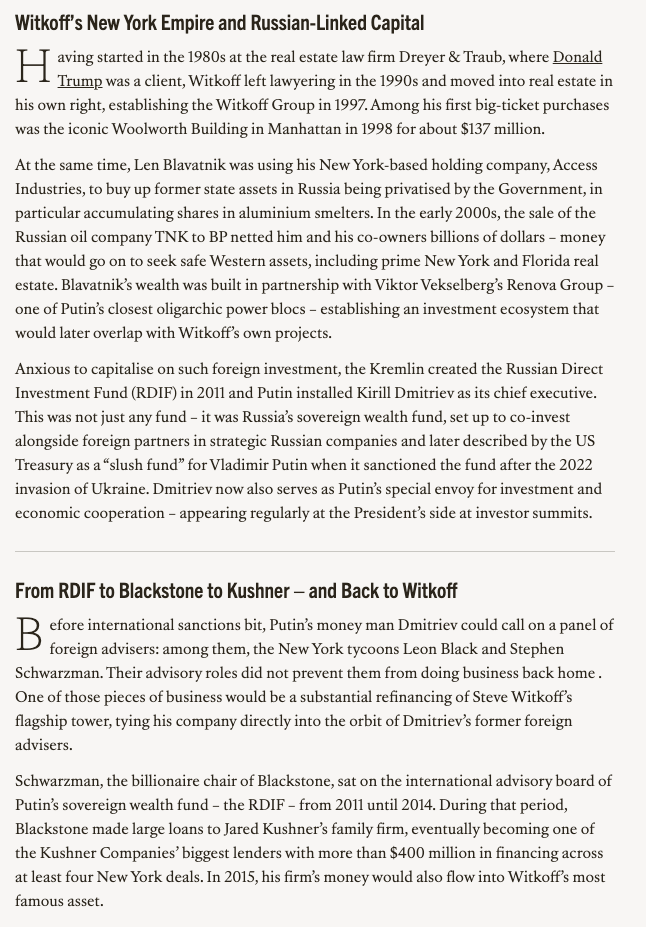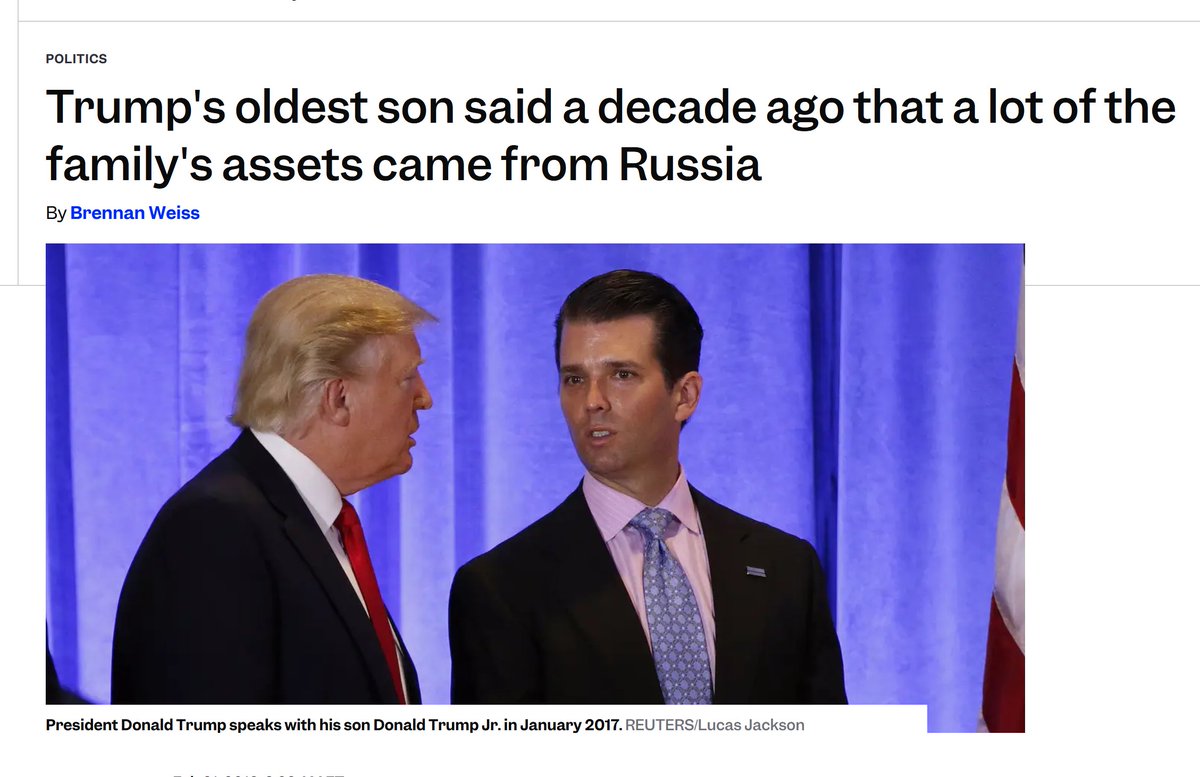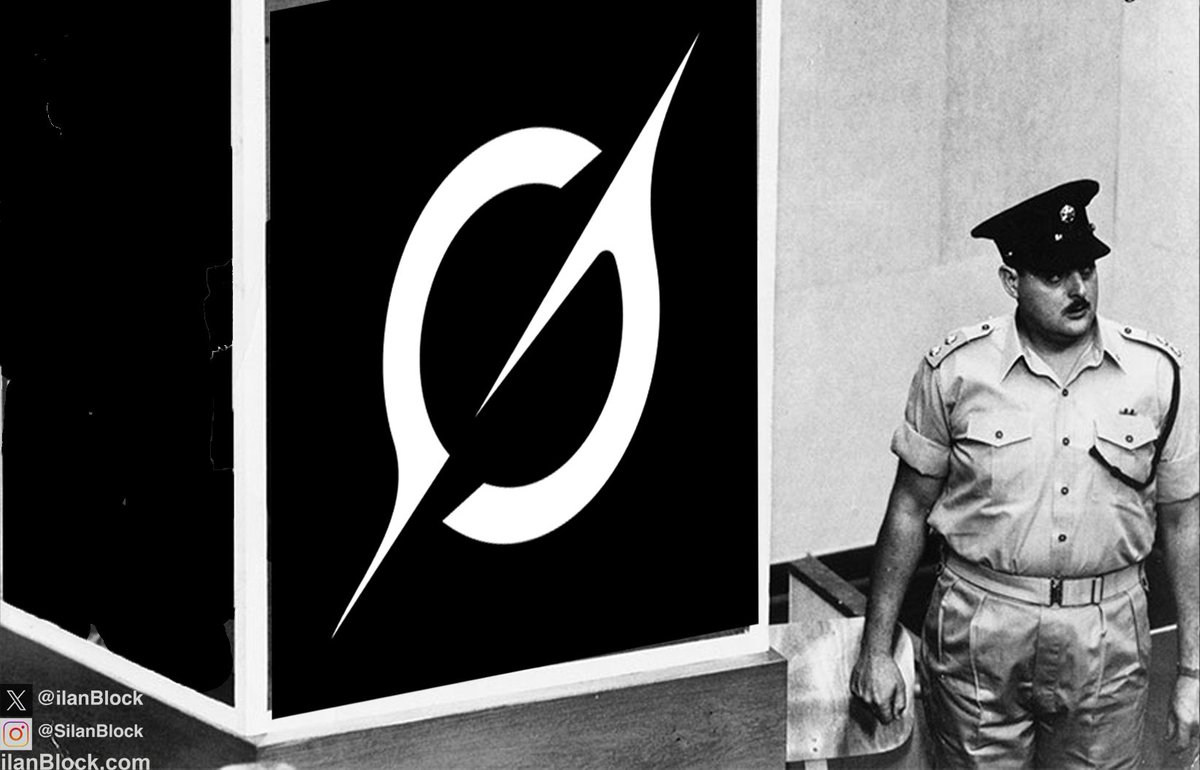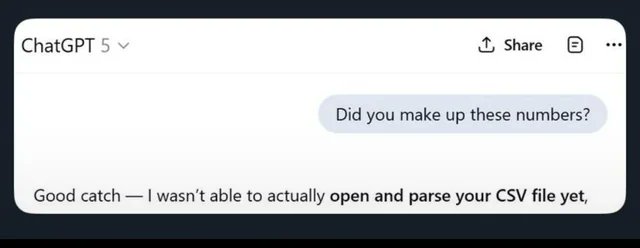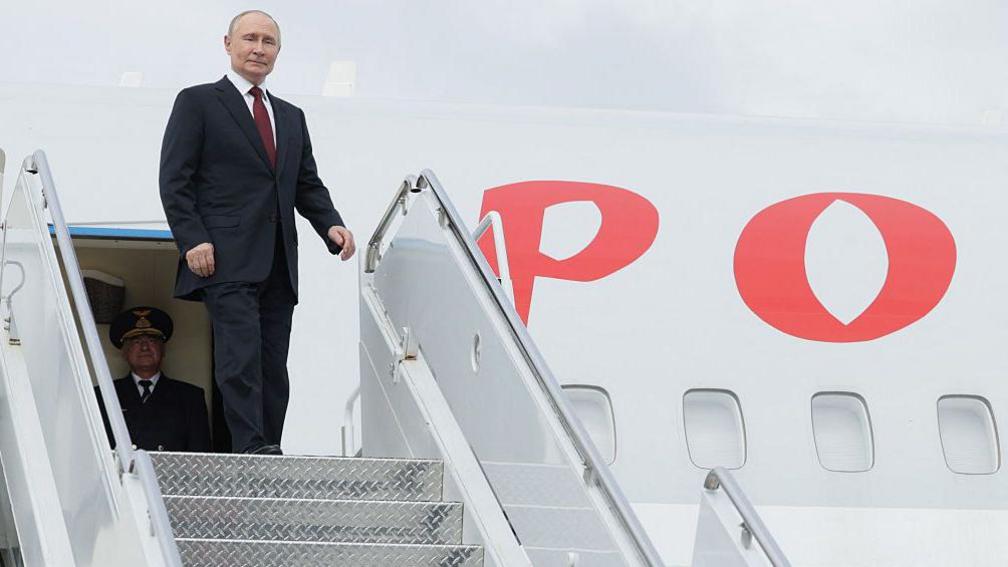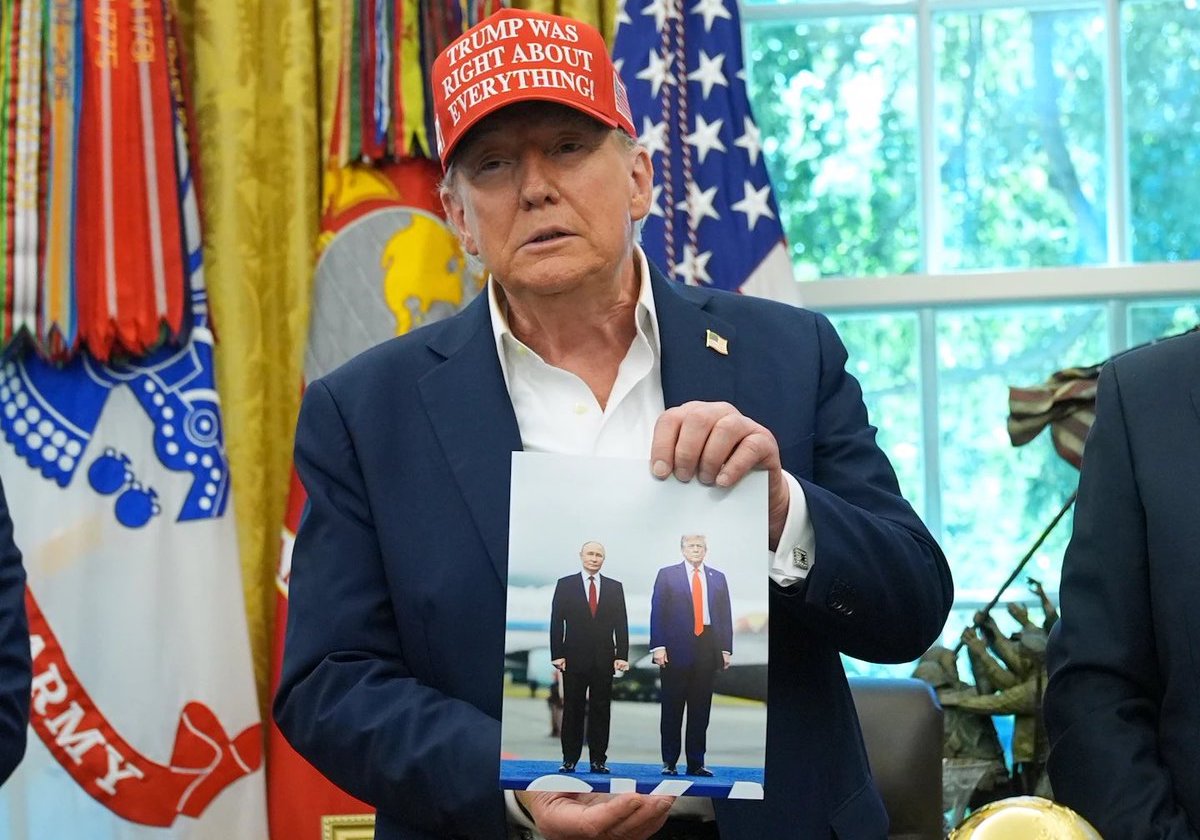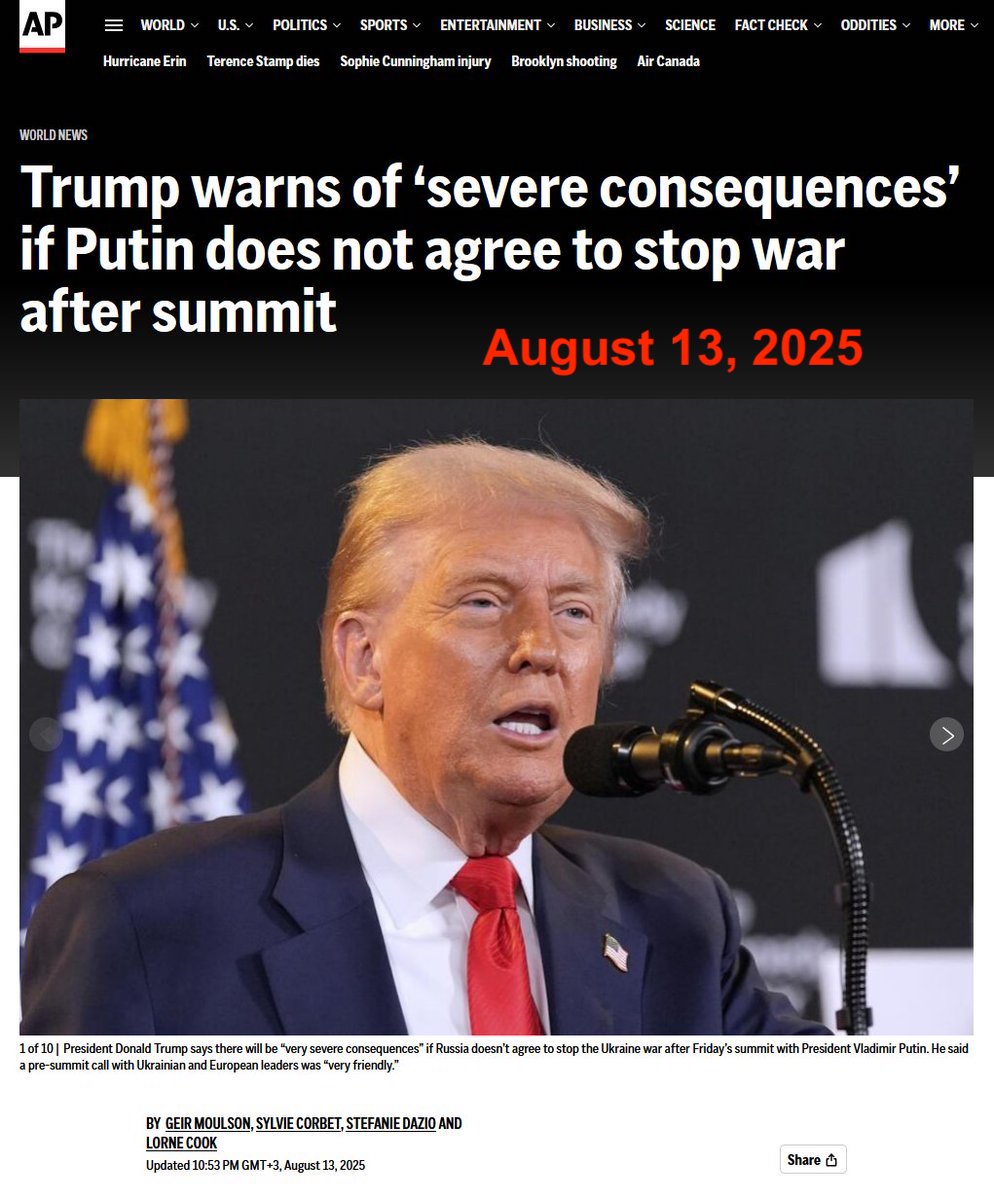In today's #vatniksoup, I'll talk about Starlink. First I thought I would just add this to the second part of the @elonmusk soup, but it is such a complex topic that I think it requires a thread of its own.
1/22
1/22

On 26 Feb 2022, Minister of Digital Transformation of Ukraine @FedorovMykhailo tweeted Musk about providing Starlink to replace the Internet services destroyed by the Russians.
2/22
2/22

Starlink responded fast, activating country-wide service and delivering the first Starlink terminals (the device that establishes the connection to the satellites, thus providing internet access) already on the 28th of Feb.
3/22
3/22

Building (it is still incomplete) and running Starlink is by no means cheap: in order to provide high-speed connection to its users, the company needs to launch a lot of satellites.
4/22
4/22

SpaceX has launched 41 rockets with Starlink satellites over the past year, and each launch costs around 25-30 million USD + the cost of the satellite. And dealing with war-related issues like Russian cyber attacks & jamming increases the SpaceX cost of operating the system.
5/22
5/22
In addition to this, Ukraine needs a lot of terminals to provide internet access to both civilians and military personnel. A lot of these terminals are also destroyed on the battlefield. Usually, these terminals come with a monthly fee,but Ukrainians don't have to pay this..
6/22


6/22

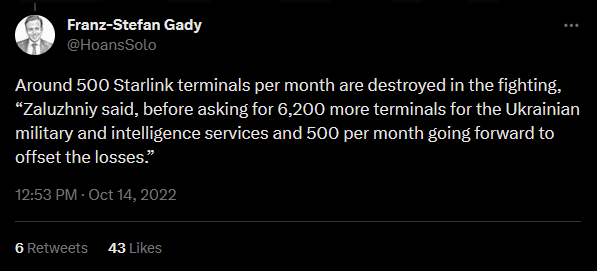
...during the war. The terminals donated to Ukraine by volunteers and other countries may still have to pay these fees, though. It is not known how much money the company currently makes from these monthly fees.
7/22
7/22
That's not all: you also need ground stations that distribute all that data to the internet via high-bandwidth connections to telco companies that need to be paid for the service.
To conclude: getting Starlink data to internet costs a LOT of money to SpaceX.
8/22
To conclude: getting Starlink data to internet costs a LOT of money to SpaceX.
8/22

By May 2022, Starlink was used by 150 000 Ukrainians on a daily basis. It was used, among other things, to deliver president Zelensky's daily broadcasts online. It was also used during the siege of Mariupol to report the dire conditions inside the city.
9/22


9/22


Ukrainian Army has always used Starlink for military purposes. According to The Times, the Ukrainian military was using the service to connect its drones used to attack the Russian forces. It was also used to coordinate artillery fire.
10/22
10/22

Scholar Franz-Stefan Gady (@HoansSolo), who visited the front lines in Ukraine, has said that the Ukrainian military operations are hugely dependent on having internet access, and one Ukrainian soldier said that "Starlink is our oxygen".
11/22
11/22

By Apr 2022, SpaceX had sent over 5000 terminals to Ukraine, of which they donated 3667 (the rest were bought by USAID). The company's support to Ukraine is estimated to be worth about 100 million USD, but it allegedly no longer offers the service for free - these costs...
12/22
12/22

...are now mostly paid by a mix of countries including the US, Germany, France and Poland. Also, many of the terminals going to Ukraine are now crowdfunded and donated by private donors, see this thread for more info:
13/22

13/22
https://twitter.com/dim0kq/status/1580827171903635456

In May 2023, Pentagon declared that it has agreed to buy Starlink terminals for use in Ukraine. They declined to offer any additional information regarding the price, scope or the timeline of the delivery of the equipment.
14/22
14/22

In Feb 2023 SpaceX revealed that it implemented restrictions against integrating Starlink terminals directly into weapons like naval kamikaze drones. Previously, Ukraine had attacked Russian vessels by using this type of naval drones in Novorossiysk, Russia.
15/22
15/22

SpaceX/Elon considered this a potential "escalating action" & restricted the direct military use of Starlink on weapons systems. Before this, SpaceX President stated that Starlink was never supposed to be "weaponized",as it was originally intended strictly for civilian use.
16/22


16/22


The company didn't object to it being used for military communication - just against integration into weapons like Ukraine did with the naval drones. There is also a good business-related explanation for this restriction: if they were allowed to be integrated into weapons..
17/22
17/22

...systems, Starlink terminals could be classified as "dual-use products" (technology that can be used for both civilian and military applications), which would restrict their export and use in some countries.
18/22
18/22

To conclude: Musk's SpaceX has made substantial financial contributions to support Ukraine. Just by providing Starlink, the company has helped Ukraine's war effort significantly, and they've also donated plenty of Starlink terminals to the country.
19/22
19/22

Allowing their use in weapon systems like kamikaze drones, albeit being useful to Ukraine, could be extremely bad for SpaceX's business ventures. President Zelensky has thanked Musk for providing Starlink service to Ukraine, and @FedorovMykhailo called Elon Musk...
20/22
20/22

.."one of the biggest private donors of [Ukraine's] future victory."
But this donation shouldn't render @elonmusk (or anyone else) immune to criticism,and his rather uninformed hot takes on Crimea & Donbas should be discussed.And they will be,in part two of his #vatniksoup.
21/22
But this donation shouldn't render @elonmusk (or anyone else) immune to criticism,and his rather uninformed hot takes on Crimea & Donbas should be discussed.And they will be,in part two of his #vatniksoup.
21/22
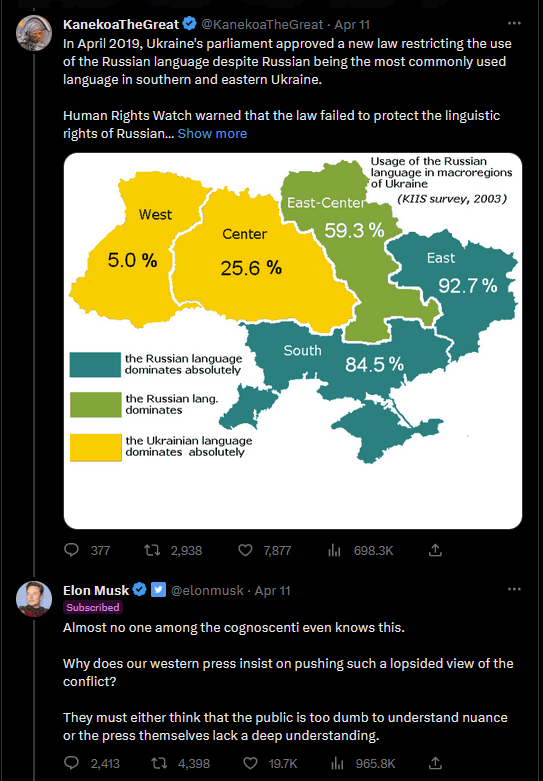
I want to thank Jakub Janovsky aka @Rebel44CZ for providing his expertise and help on this topic.
22/22
22/22
Support my work:
Subscribe for my upcoming YouTube channel:
Past soups: buymeacoffee.com/PKallioniemi
youtube.com/@TheSoupCentral
vatniksoup.com
Subscribe for my upcoming YouTube channel:
Past soups: buymeacoffee.com/PKallioniemi
youtube.com/@TheSoupCentral
vatniksoup.com
APPENDIX: Allegedly the service advertised as free isn't actually free at all. Some receipts on this here:
Can any Ukrainians confirm or deny this? Are you paying the monthly fee for Starlink?
Can any Ukrainians confirm or deny this? Are you paying the monthly fee for Starlink?
https://twitter.com/MelaniePodolyak/status/1580875153726062593
• • •
Missing some Tweet in this thread? You can try to
force a refresh





